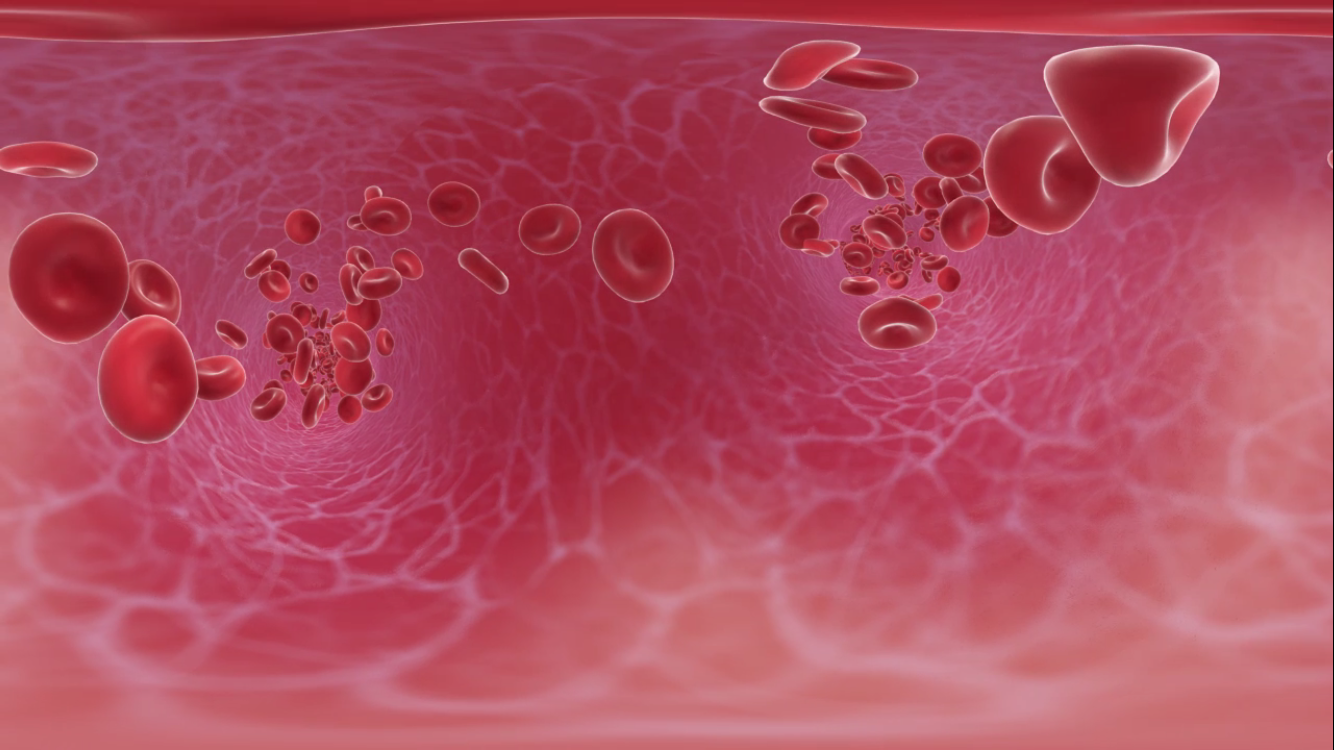Hemophilia affects about 400,000 people in the world, according to the World Federation of Hemophilia. The count includes both Type A and Type B sufferers.
Hemophilia A is observed almost exclusively in males, occurring as commonly as about 1 in every 10,000 males, while hemophilia B occurs in about 1 in 30,000 males.
The reason for this bias is purely scientific (read genetic).
Genes that provide instructions for the synthesis of clotting factor proteins essential for blood clot formation are located on the X chromosome. A mutation in one of these genes (either factor VIII or factor IX) can prevent the clotting protein from working properly or to be missing altogether. This causes hemophilia. Since males (XY) inherit the X chromosome from their mothers and the Y chromosome from their fathers, and females (XX) inherit one X chromosome from each parent, males can get this X-linked disease if they inherit a mutated X chromosome. Whereas, hemophilia in females is much rarer as both her X chromosomes need to be affected for the condition to manifest.
A female with one faulty X chromosome is a ‘carrier’ of hemophilia. She may or may not show symptoms of bleeding, however, she can pass on the abnormal X chromosome to her offsprings.
A woman may be seriously affected if her father has the disease and her mother is a carrier of the gene, However, approximately one-third of all cases of hemophilia A develop as a result of a spontaneous genetic mutation, where there is no prior family history.
Hemophilia A or classic hemophilia is the one that results from factor VIII deficiency, while hemophilia B or Christmas disease is an outcome of factor IX deficiency. Although both types have very similar signs and symptoms, they are differentiated on the basis of the gene mutations that cause them. Some people suffer from hemophilia B Leyden, which is an unusual form of hemophilia B in which they experience episodes of excessive bleeding in childhood but have reduced bleeding problems after puberty.
Things Everyone Must Know About Blood Donation
We all have one of the four common blood types: A, B, AB, and O, as categorized under the Karl Landsteiner’s blood grouping system. It’s interesting to note that while human blood has common components, like RBCs, WBCs, Plasma, and Platelets, Read More..









